The Brazilian Indians
00:00 - The Brazilian Indians
00:05 - 1 - Indigenous population:
There are about 305 tribes living in Brazil today, totaling around 900,000 people, or 0.4% of Brazil’s population.
The government has recognized 690 territories for its indigenous population, covering about 13% of Brazil’s land mass. Nearly all of this reserved land (98.5%) lies in the Amazon.
But although roughly half of all Brazilian Indians live outside the Amazon, these tribes only occupy 1.5% of the total land reserved for Indians in the country.
Those peoples who live in the savannahs and Atlantic forests of the south, such as the Guarani and the Kaingang, and the dry interior of the north-east such as the Pataxo Hã Hã Hãe and Tupinambá, were among the first to come into contact with the European colonists when they landed in Brazil in 1500.
Despite hundreds of years of contact with expanding frontier society, they have in most cases fiercely maintained their language and customs in the face of the massive theft of, and continuing encroachment onto, their lands.
01:13 - 2 - Biggest tribe:
The largest tribe today is the Guarani, numbering 51,000, but they have very little land left. During the past 100 years almost all their land has been stolen from them and turned into vast, dry networks of cattle ranches, soya fields and sugar cane plantations. Many communities are crammed into overcrowded reserves, and others live under tarpaulins by the side of highways.
The people with the largest territory are the relatively isolated 19,000 Yanomami, who occupy 9.4 million hectares in the northern Amazon, an area about the same size as the US state of Indiana and slightly larger than Hungary.
The largest Amazonian tribe in Brazil is the Tikuna, who number 40,000. The smallest consists of just one man, who lives in a small patch of forest surrounded by cattle ranches and soya plantations in the western Amazon, and eludes all attempts at contact.
Many Amazonian peoples number fewer than 1,000. The Akuntsu tribe, for example, now consists of just four people, and the Awá just 450.
02:21 - 3 - Not found:
Brazil is home to more uncontacted peoples than anywhere on the planet. It is now thought that over 100 such groups live in the Amazon. Some number several hundred and live in remote border areas in Acre state and in protected territories such as the Vale do Javari, on the border with Peru. Others are scattered fragments, the survivors of tribes virtually wiped out by the impacts of the rubber boom and expanding agriculture in the last century. Many, such as the nomadic Kawahiva, who number a few dozen, are fleeing loggers and ranchers invading their land.
As pressure mounts to exploit their lands, all uncontacted Indians are extremely vulnerable both to violent attack (which is common), and to diseases widespread elsewhere like flu and measles, to which they have no immunity.
03:11 - 4 - Means of subsistence:
Most tribes live entirely off the forests, savannas and rivers by a mixture of hunting, gathering and fishing. They grow plants for food and medicine and use them to build houses and make everyday objects.
‘We Indians are like plants. How can we live without our soil, without our land?’
(Marta Guarani)
Staple crops such as manioc, sweet potato, corn, bananas and pineapples are grown in gardens. Animals such as peccaries, tapir and monkeys, and birds like the curassow are hunted for meat.
Some tribes, like the Matis, use long blowguns with poisoned darts to catch prey. Most use bows and arrows, and some also use shotguns. Nuts, berries and fruits such as açai and peach palm are regularly harvested and bees’ honey is relished.
Fish, particularly in the Amazon, is an important food. Many indigenous people use fish poison or timbó to stun and catch fish. The Enawene Nawe, who do not eat red meat, are renowned for the elaborate wooden dams called ‘waitiwina’ which they build across small rivers every year to catch and smoke large quantities of fish. Their Yãkwa ceremony is linked to the fishing dams and has been recognized as part of Brazil’s national heritage.
A handful of peoples – the Awá, the Maku in the north-west and some uncontacted tribes – are nomadic hunter-gatherers. They live in small extended family groups and keep few possessions, which allows them to move rapidly through the forest. They can erect shelters from tree saplings and palm leaves in just a few hours.
Like all indigenous peoples, they carry incredibly detailed mental maps of the land and its topography, fauna and flora, and the best hunting places. The Awá sometimes hunt at night using torches made from the resin of the maçaranduba tree.
05:09 - 5 - Indigenous knowledge:
‘When my children are hungry I just go into the forest and find them food.’ (Peccary Awá)
Ethnobotanical knowledge and conservation role
Indigenous peoples have unrivalled knowledge of their plants and animals, and play a crucial role in conserving biodiversity.
‘You have schools, we don’t, but we know how to look after the forest.’
Davi Kopenawa Yanomami
According to scientific studies, indigenous lands are ‘currently the most important barrier to Amazon deforestation.’
Research: Vitor hugo Lizardi Leonardi
About my channel of curiosities, this channel is to see and hear curiosities of our world in general, if possible leave your like and subscribe to have new notifications about new subjects, thank you very much
Come meet me, and give your opinion about the channel, for me it's very important!
—— ?? TALK TO ME.
Research: Vitor hugo Lizardi Leonardi
facebook: facebook.com/vitor.leonardi
instagran: instagram.com/vitorleonardi/
twitter: twitter.com/vitorleonardi
email: vitorleonardi99gmail.com
Link to more videos
https://youtu.be/x1t4Lyy9bNo
https://youtu.be/VPIalSi7TPA
https://youtu.be/QJgnvH2AkIA
Music credit: Owa Sethutxialha
Interpreted: Fuhi-ô people
Composed: Abdon dos Santos
Source: Fuhi-ô people {dist. tractor}
Good reading ,The 7 Habits of Highly Effective People
https://www.amazon.com.br/Habits-Highly-Effective-People-Powerful/dp/1982137274/ref=asc_df_1982137274/?tag=googleshopp00-20&linkCode=df0&hvadid=379726347250&hvpos=&hvnetw=g&hvrand=6784634493429849819&hvpone=&hvptwo=&hvqmt=&hvdev=c&hvdvcmdl=&hvlocint=&hvlocphy=20104&hvtargid=pla-908915591470&psc=1
Hello friends, If you liked it, don't forget to LIKE and SUBSCRIBE to the channel, strengthen our work, it's very important, to expand the channel. I'll tell you, thank you
The channel was created to promote texts and sounds for us to think a little about life and how we can be very happy with the little we have, liked it, leave your LIKE, your comment as soon as possible, we will respond, thank you.
I'm a writer, I'm working on this project!
contact we will respond within 48 hours ??? email: vitorleonardi99@gmail.com
#brazil,#indigenous population,#tribes,#government, #territory,#land, #life, #reserved land,#amazonia,#country,#savannas,#society,#guarani,#kaingang,#forests of the amazon, # expansion,#language, #mass theft,#settlers,#European settlers,#landed,#vitorleonardi
-
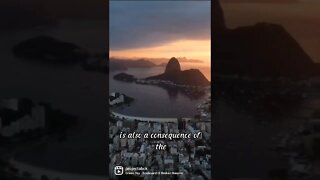 0:15
0:15
Be a polyglot!
1 year ago🇧🇷 Brazilians / Brasileiros
5 -
 35:07
35:07
czech in effect
1 year agoThis part of Brazil has no foreigners 🇧🇷
572 -
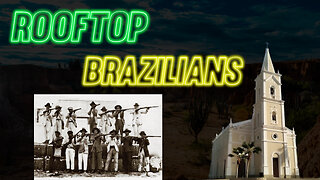 9:42
9:42
CallmeDyck
1 year agoRooftop Brazilians
12 -
 59:58
59:58
Exiled Minds Podcast
10 months agoThe Dravidians
68 -
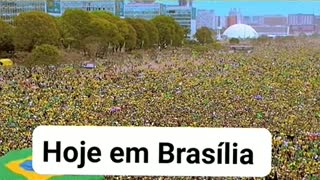 0:22
0:22
watchnonstop
1 year agoTheo people in Brazil.
4 -
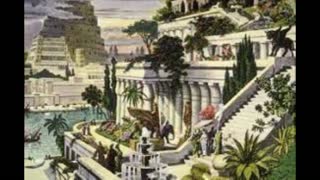 0:20
0:20
LearnSocialStudies
2 years ago $0.01 earnedThe Babylonians
26 -
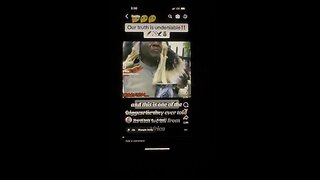 1:00
1:00
Coosadeshopoy
6 months agoWe are the Indians
5 -
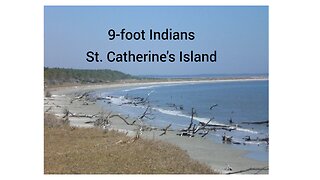 7:50
7:50
Ancestor Clues
1 year ago9-foot Indians
8351 -
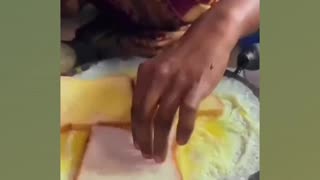 1:10
1:10
KWAI TIK TOK PLAY
3 months agoIndian Burritos, a little bit of Mexico in India
62 -
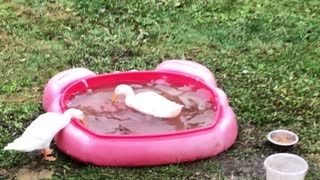 0:11
0:11
Backyard Farming In Baxters Corner
2 years agoIndian Runners
38